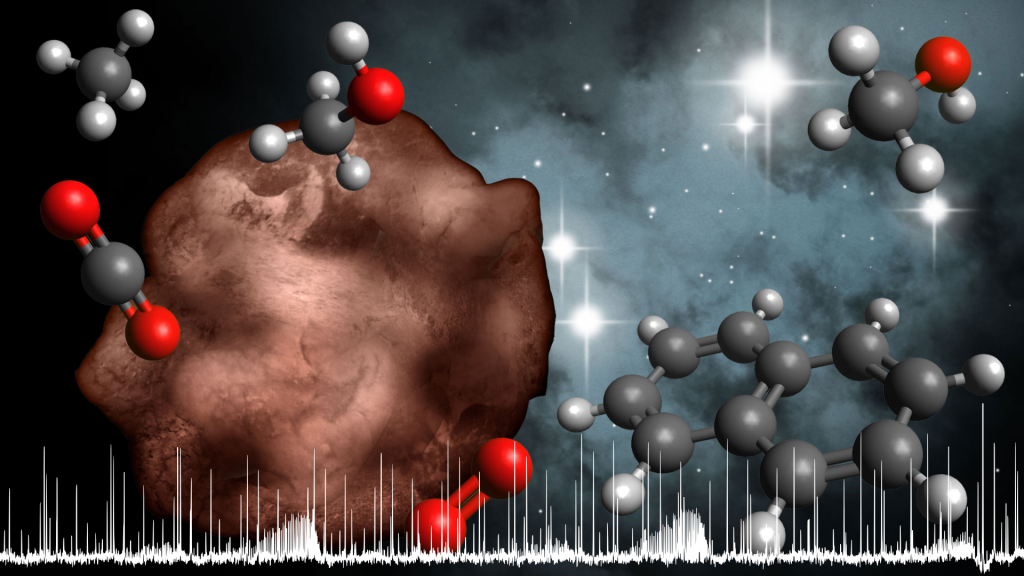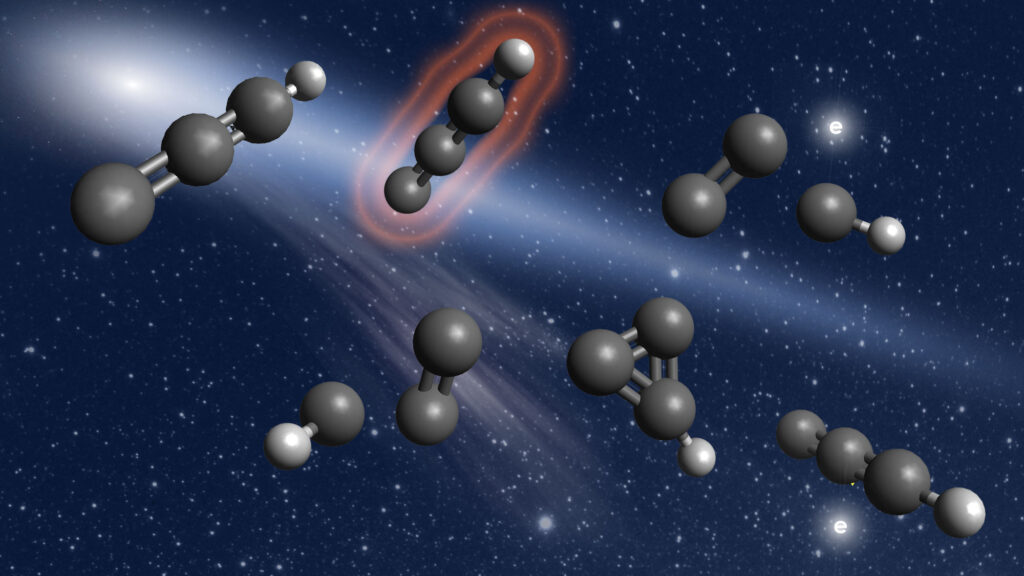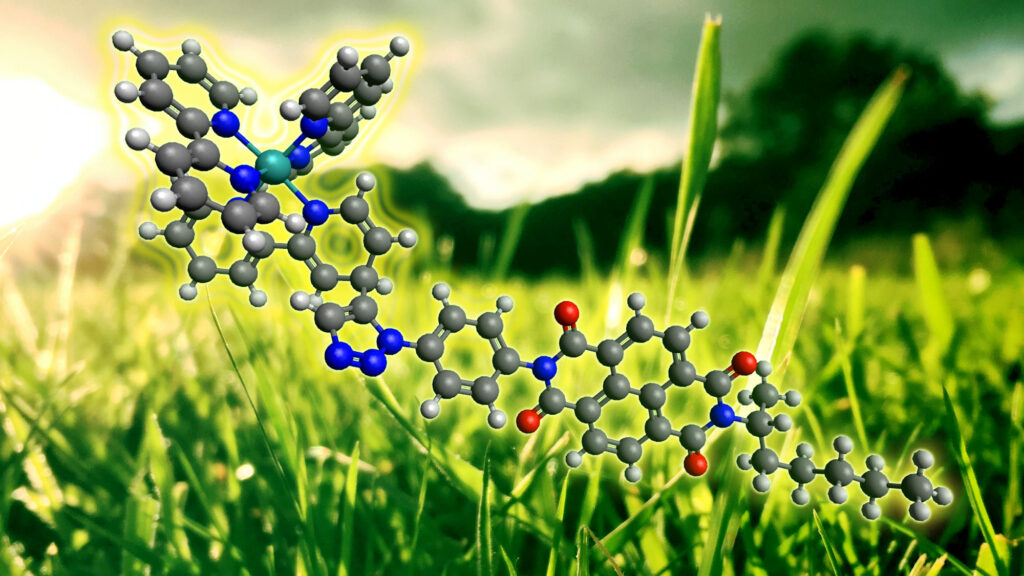Overview of the team’s activities:
Our team is interested in studying fundamental chemical-physical processes at the molecular scale. We seek to better understand the spectral signatures, transformation and effect of energy injected into isolated molecular systems. Intra- and inter-molecular energy flows and charge transfers following excitation are studied, as well as competing relaxation processes: radiative cooling, isomerization, fragmentation and ionization.
Our experimental tools for the excitation process include lasers, synchrotron radiation and ion beams, providing access to a wide range from the energies typical of molecular rotations to the energies of highly excited electronic states. Several experimental set-ups are developed and operated within the team to gain access to the spectroscopy and dynamics of the systems studied. Theoretical approaches based on statistical thermodynamics, quantum chemistry and vibrational dynamics are developed and applied to model and understand the processes involved.
We are also deeply involved at the interfaces of these research fields. Most of our research activities are motivated by fundamental questions of molecular physics raised by astrophysical observations of both small bodies in our solar system and molecular clouds in the interstellar medium. The complexity of matter on the molecular scale observed in both the interstellar medium and our solar system is a key question. The molecular systems studied are generally related to carbon chemistry, and often include heteroatoms such as hydrogen and nitrogen. In terms of size, they range from small molecules to nanograins of several tens of nanometers. Our team is also involved in research activities related to societal issues.
In particular, we are studying the processes at work following light excitation in artificial photosystems, which mimic natural photosynthesis, to contribute to the research effort towards the production of solar fuels as a renewable energy source.




